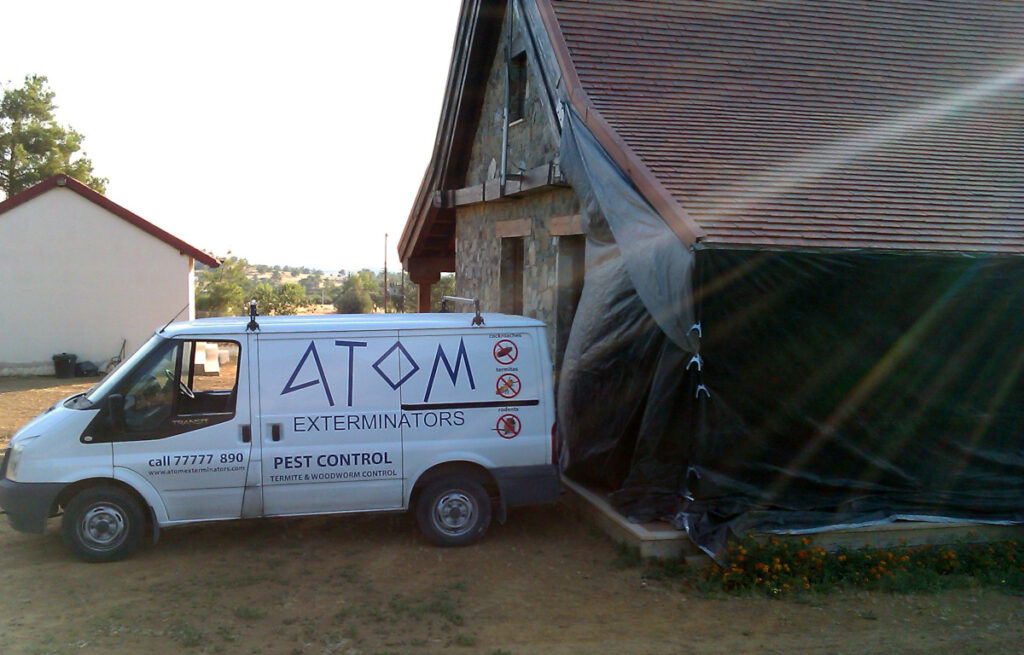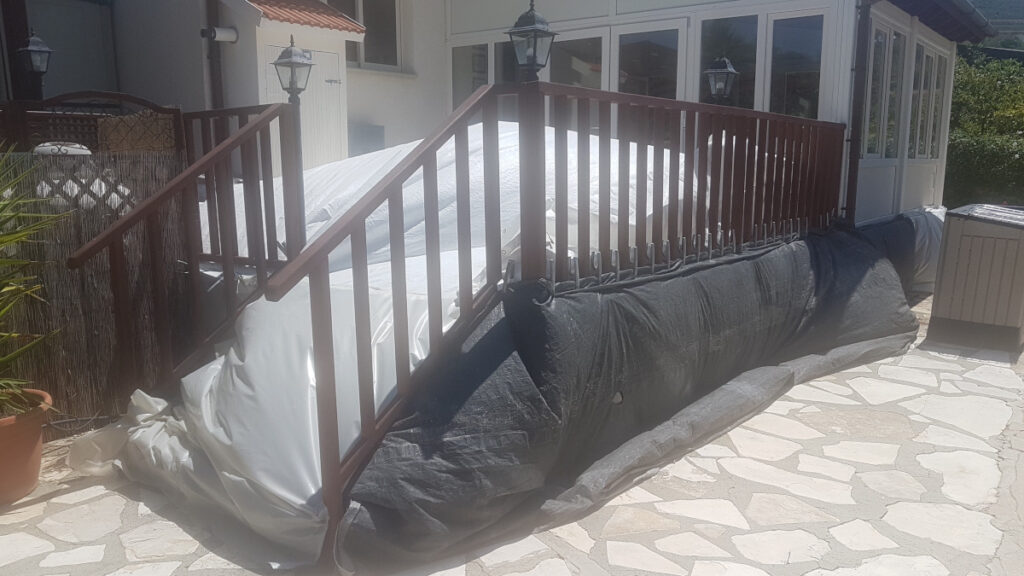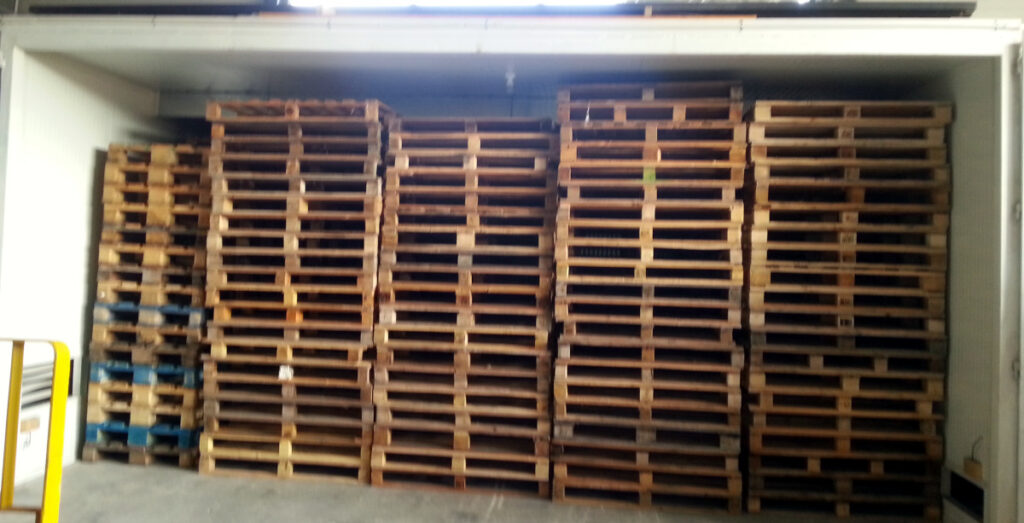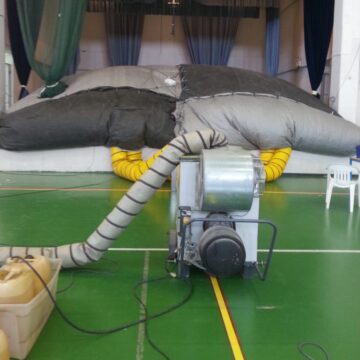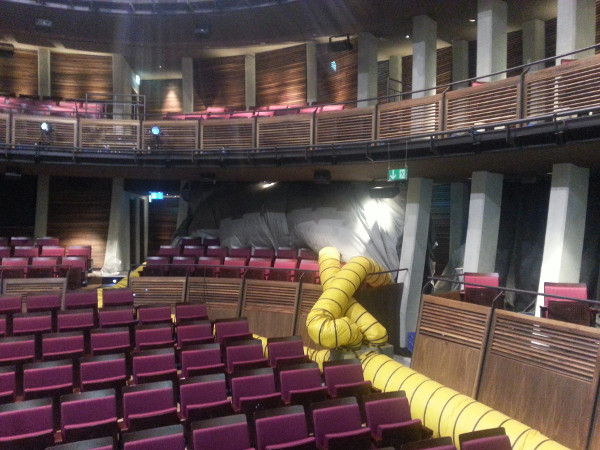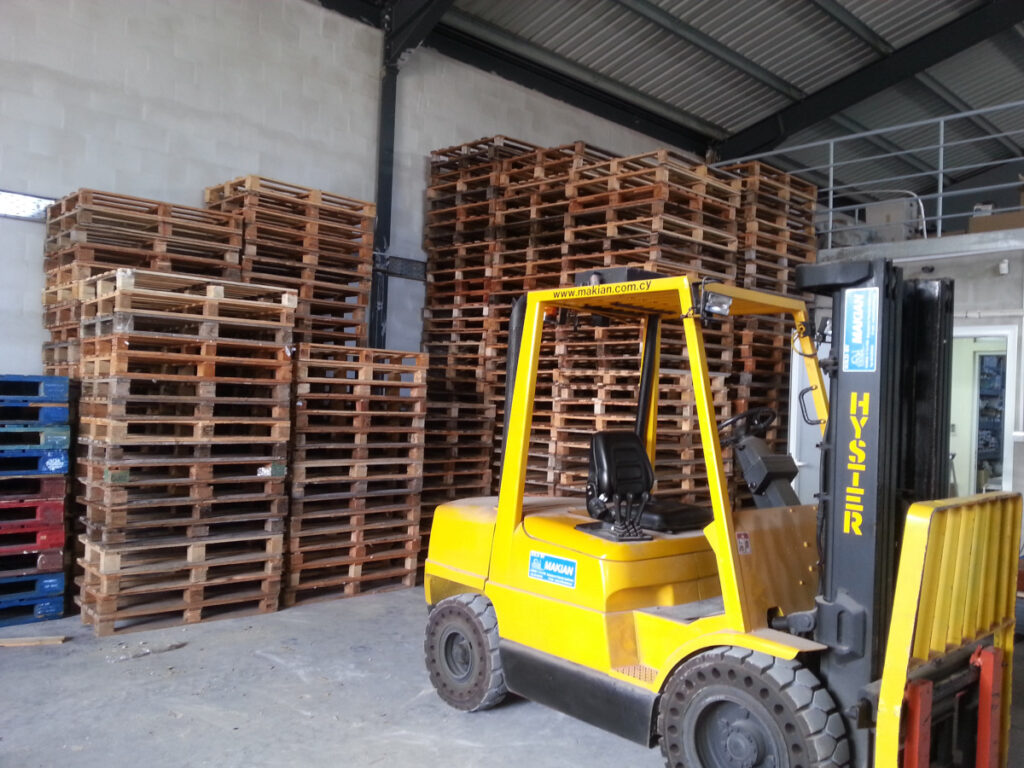The Thermokil Heat Treatment System
Presenting the chemical-free insect extermination Heat Treatment Method: Thermokil Heat Treatment System is for Wood, Furniture, Pallets, Lumber, Shipping Boxes. We’re pioneers in the sector of non-chemical insect extermination with the introduction of the Heat Treatment system.
Shipping/Construction: Thermokil is used to treat lumber, shipping crates, pallets.
Storerooms: Thermokil exterminates insects in food stores and grain silos.
Homes: Thermokil is the perfect solution for woodworm infestations in homes and businesses.
Thermokil
The Thermokil Heat Treatment method includes the use of specialized mobile equipment that produces hot air (up to 56 0C ) and removes humidity so that all insects and their eggs/larvae die. The method can be used in various buildings, such as food storerooms (e.g. rice, pasta, pulses etc), flour mills, silos, bakeries, breweries, food production factories, etc.
Another important area of application is houses and other buildings that have wood-infesting insects such as the woodworm species (which can do serious damage). Insect extermination can also be done with this method on wooden beams (and any other wood used in construction), pallets, furniture etc.
Hire Kill, our sister company, is the only private company in Cyprus that possesses a license from the Ministry of Agriculture for providing Wood Thermal Treatment services as per ISPM15 international standard. (license no.CY-0002 DB HT)
The temperature is regulated by special sensors which are placed in various locations inside the wood (or area) to be treated. The sensors are connected to a computer for regulating the procedure and adjusting to the right temperature. With the finalization of the treatment, all insects die without the use of any chemicals. Besides protecting/exterminating wood against wood-infesting insects, the method is also ideal for food areas with a German cockroach infestation or other damaging insects.
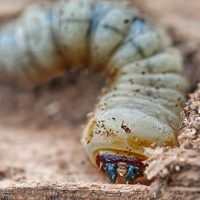
WOODWORM LARVAE
There are 4 types of woodworm in Cyprus. The Furniture Beetle, the House Longhorn Beetle, the Deathwatch Beetle and the Powder post Beetle.
In the larval stage, Powder post beetles can spend anywhere from 1.5 months to 12 years embedded inside wood. Their presence is only apparent when they emerge from the wood as adults, leaving tiny holes behind them. If wood conditions are right, female beetles may lay their eggs and re-infest the wood, continuing the cycle for generations. Heavily-infested wood becomes riddled with holes and rooms or basements packed with a dusty frass (wood that has passed through the digestive tract of the beetles).
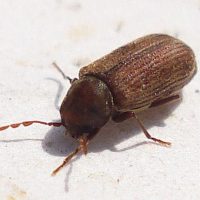
WOODWORM BEETLE
The furniture beetle is the most common Cyprus woodworm. This beetle attacks softwoods, leaving 1-2mm exit holes behind it. They will seek out and occupy plywood for longer than any other timber. Damage by the furniture beetle is identified by tiny holes in the surface of the wood. These holes are in fact exit holes, showing that the adult beetle has emerged from and left the spent timber after thoroughly tunneling through it. The beetle lays its eggs on top of the wood, and the grubs burrow and tunnel into it. With active woodworm there is a visible scattering of tiny dust piles on the timber. Structural weakening to the building is possible with the furniture beetle in timbers with a small cross section and there is a lot of damp. This is especially common in old houses.

WOODWORM DAMAGE
The house Longhorn Beetle is principally found in roof timbers where it attacks the sapwood of exclusively softwood timbers often resulting in structural weakness. The House Longhorn Beetle prefers unfinished wood like old floorboards and loft rafters in the roof – these are good targets for the beetle, as are damp floorboards, damp loft timbers and old furniture where the polished finish has worn off. The holes and tunnels of this beetle are significantly larger than the furniture beetle.
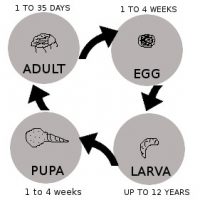
WOODWORM LIFE-CYCLE
The Deathwatch Beetle is common throughout the entire island. This beetle viciously attacks large hardwood timbers such as Elm and Oak. Due to its incredible appetite, after starting in hardwoods like these, the beetle will move onto softwoods in a all-you-can-eat extravaganza. The beetle is able to develop extremely rapidly. Treatment must be done by a certified professional immediately.
Items that can be infested by woodworm include any wooden tools or tool handles, frames, furniture, books, bamboo, flooring, and structural timbers – which presents grave danger.

